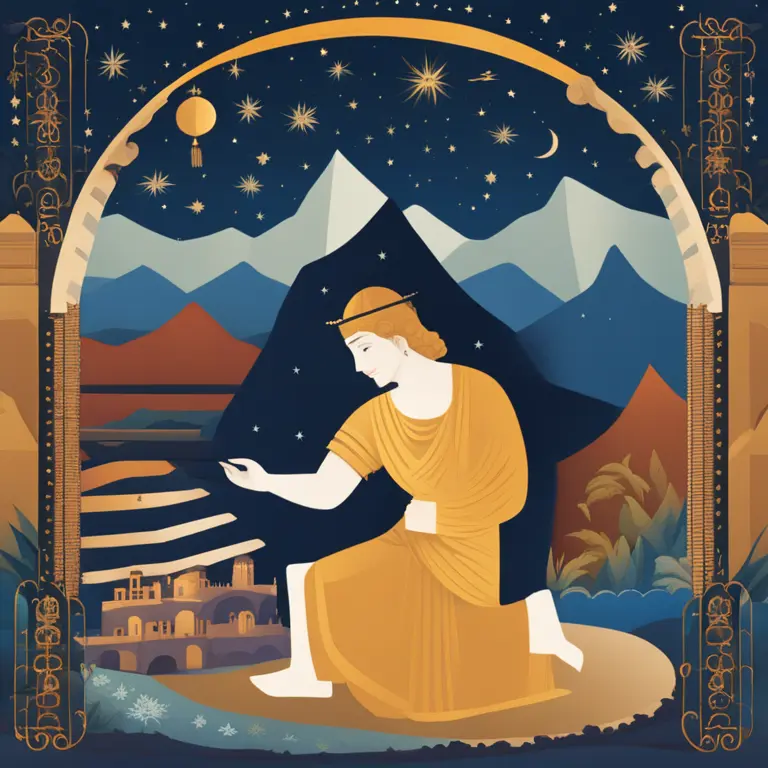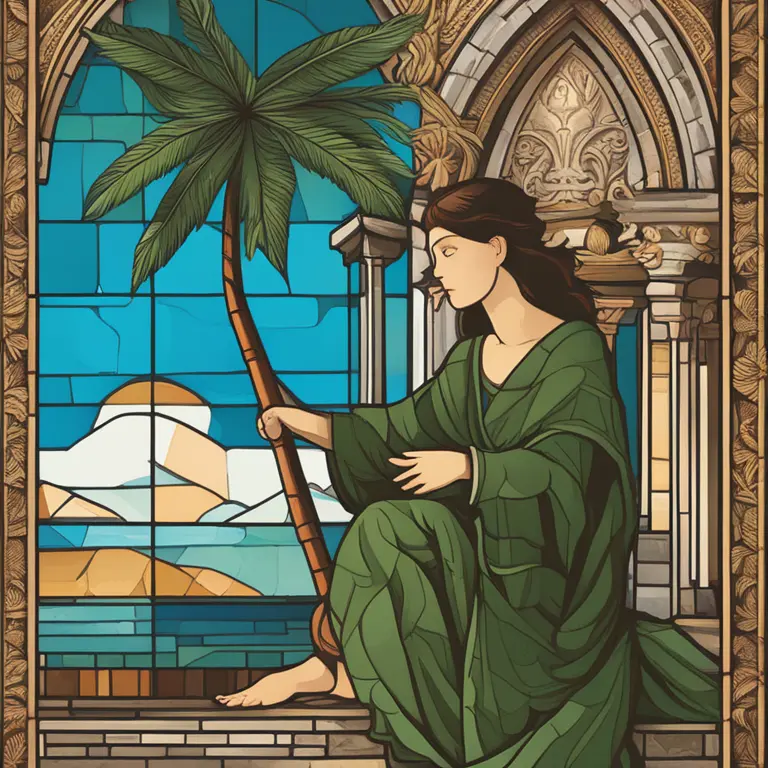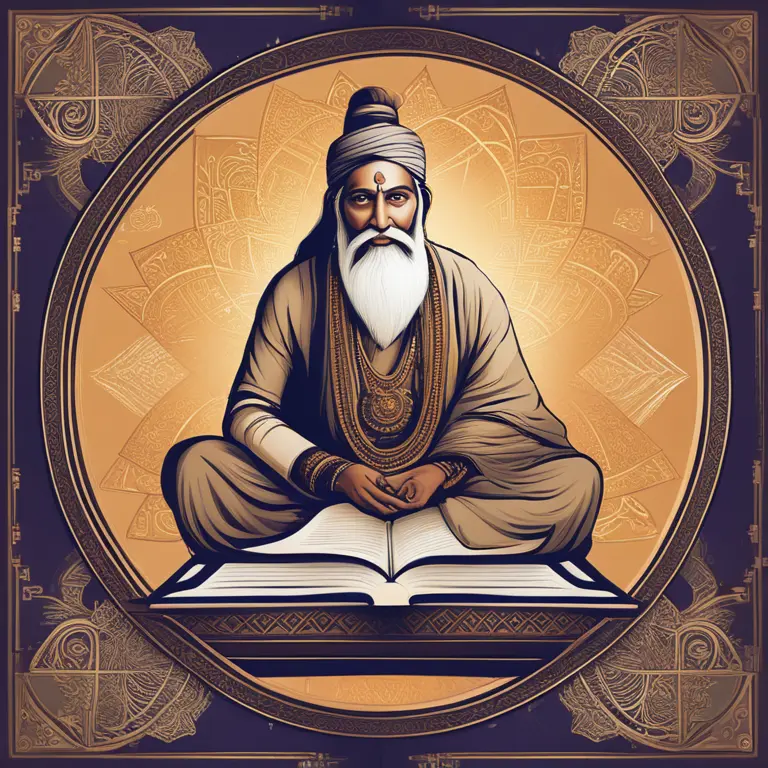
Palmistry: Tracing Its Ancient Roots
Discover the ancient beginnings of palmistry and how this mystical art has traversed continents and centuries to become what we know today.
article by Nora Pennington
The Dawn of Palmistry
Palmistry, also known as chiromancy, has mystified humans for centuries. While the precise origins are shrouded in the mists of time, historical evidence suggests that palmistry likely began in ancient India. Rooted in Hindu astrology, the earliest texts on palmistry are thought to be the Indian scriptures, where sage Valmiki authored a book comprising 567 stanzas on the art of reading hands. From these beginnings, palmistry spread to China, Tibet, Egypt, and Persia, knitting a rich tapestry of interpretations and techniques as it traveled.

Cross-Cultural Expansion
As palmistry's influence spanned across Asia, it was later embraced by the ancient Greeks. The philosopher Aristotle presented a treatise on palmistry to his student Alexander the Great, who used it to examine the character and potential of his military officers. This practice saw palmistry gain prominence in Western thought, intertwining with astrological sciences, which were held in high regard. The tales of Alexander's conquests and the intellectual exchanges of the time helped solidify palmistry's standing in both Eastern and Western cultures.

Medieval Stigmatization and Renaissance
Despite its ancient acclaim, the Middle Ages saw palmistry, along with other forms of divination, fall out of favor as the church condemned these practices. However, during the Renaissance, a renewed interest in the metaphysical world brought palmistry back into the limelight in Europe. Thinkers and scholars revisited the ancient texts, leading to a renaissance of the art itself. It was during this time that many of today's palmistry principles were formalized, with a more structured approach to the lines and mounts on the hand.

Modern Evolution and Perception
Approaching contemporary times, the 19th and early 20th centuries saw a revival and modernization of palmistry, alongside other occult practices. Figures like Captain Casimir Stanislas D'Arpentigny and William G. Benham brought palmistry to new heights through comprehensive books that are still in use today. The 21st century, however, has witnessed a fusion of traditional palmistry with psychological concepts, giving a fresh perspective that blends ancient wisdom with modern understanding of the human psyche, ensuring the practice’s ongoing relevance and popularity.

Palmistry In The Digital Age
Today, palmistry has comfortably adapted to the digital age, with online palm readings and apps allowing users to delve into the realms of self-discovery and future gazing from their smartphones. The practice continues to evolve, integrating with various forms of media and technology, making it more accessible than ever before. Despite its ancient origins, palmistry remains a contemporary tool for those seeking insight into their lives, with practitioners and enthusiasts eager to preserve its storied history while propelling it into the future.
Published: 1/11/2024
Modified: 1/12/2024
More predictions
Come back here soon to learn more about yourself and your future


Can Palmistry Predict Your Path Incorrectly?
Delving into the accuracy of palm readings, this article examines whether palmistry can lead to incorrect predictions about one's life and destiny.


Palmistry: The Historical Overview
Delve into the dawn of palmistry and trace its journey through the corridors of time, uncovering the roots of this ancient practice.


The Ancient Art of Vedic Palmistry
Discover the ancient art of Vedic Palmistry and its practice in the modern era, revealing the secrets held within the lines of the hand.